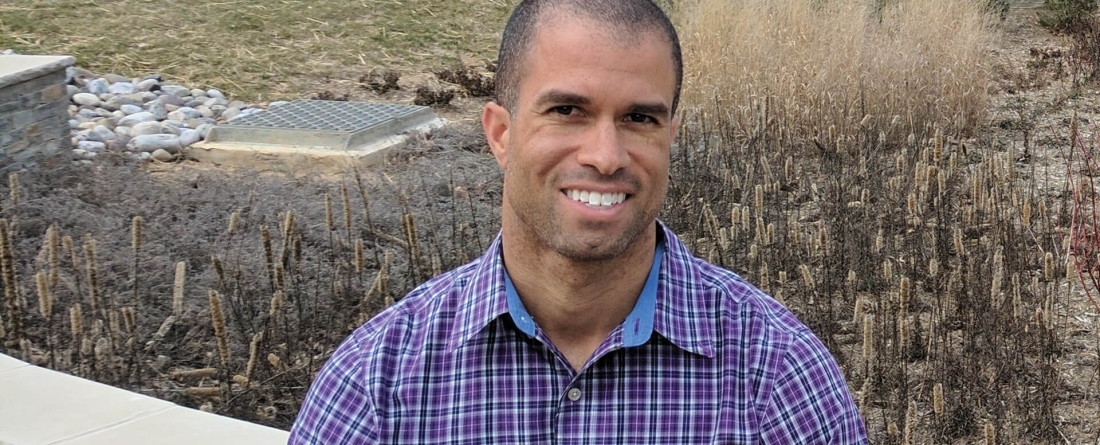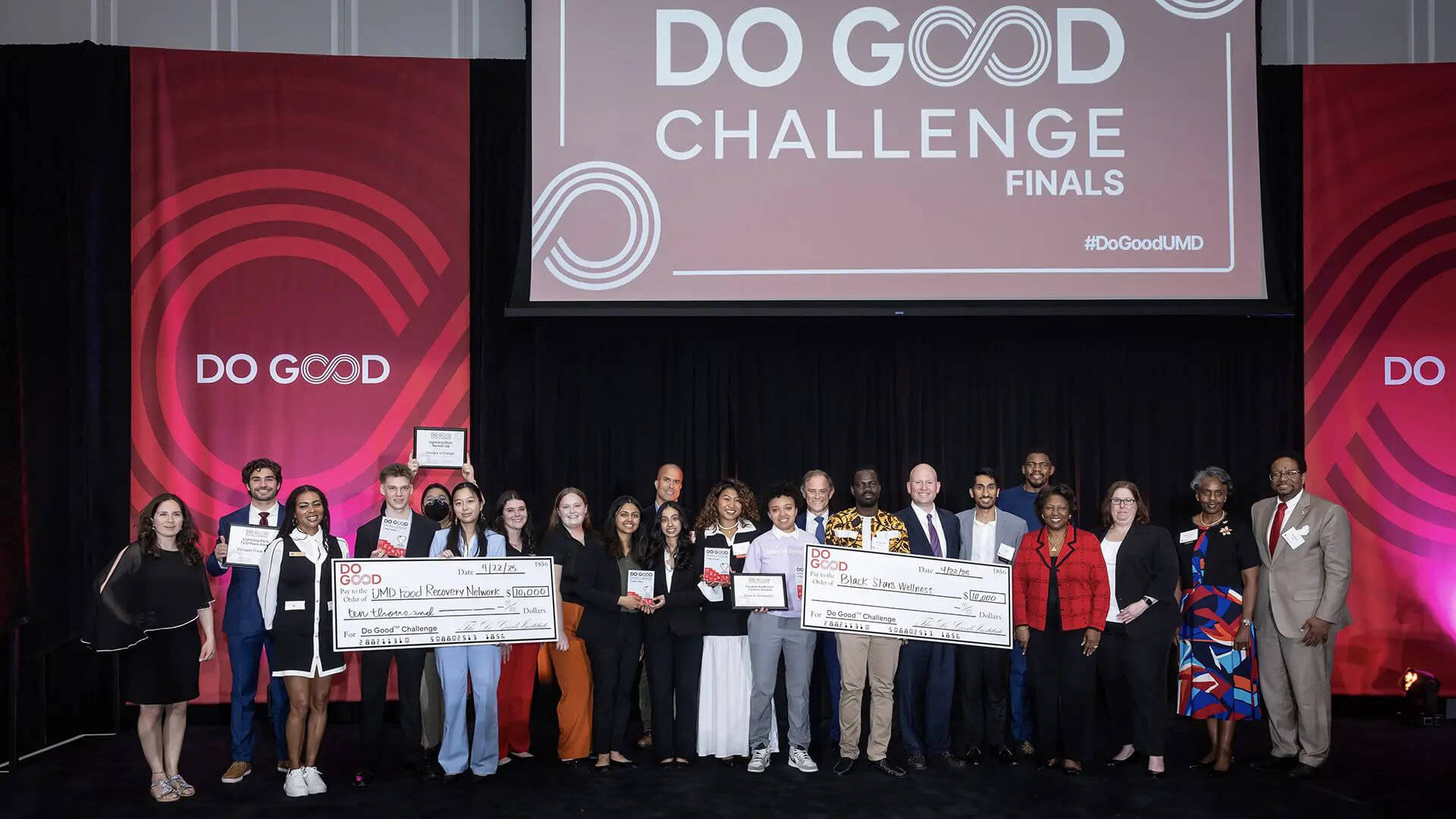
Rain, pollution, and a cemetery. What do all three have in common? Kahlil Kettering, a School of Public Policy and Do Good Challenge alum is tackling water pollution – specifically urban stormwater pollution – with an innovative solution at Mt. Olivet Cemetery in Washington, D.C.
First, what is stormwater pollution? And how is it caused? The Nature Conservancy states that stormwater pollution is caused when: rainwater falls on impervious surfaces – including sidewalks, parking lots and roads – where it mixes with oil, pesticides, chemicals, trash and other pollutants, then flows through a cities’ sewer systems and into rivers.
The organization estimates that millions of gallons of stormwater run-off and sewage flow into D.C.’s rivers each year, making it the fastest growing source of water pollution in the Chesapeake Bay Watershed.
Kahlil (MPM ’15), Urban Conservation Director for the Nature Conservancy in DC and Maryland, is working to address the growing issue of urban stormwater pollution by developing nature-based solutions: stormwater retention systems that allow polluted stormwater to be absorbed then filtered by nature (plants, mulch, topsoil, sand and gravel) before entering waterways and the sewer system.
“We often don’t think about the impact of stormwater on our waterways because our cities have been designed to quickly flush water off streets and into rivers, but it is the largest growing source of pollution in the Chesapeake Bay watershed and fastest growing source of freshwater pollution globally. The good news is that we can bring nature back into cities to help heal our rivers and create more livable cities for all of us.”
Kahlil and his team at the Nature Conservancy are working to replace or retrofit impervious surfaces at the cemetery with this green infrastructure. Since the project started, they’ve replaced nearly 18,000 square feet of impervious surface with these stormwater retention systems, which includes all native vegetation like grass, flower beds, shrubs and trees. These systems could potentially prevent millions of gallons of polluted stormwater from ever reaching the Anacostia and Chesapeake Bay.
As a result of this work, he was selected as a candidate for the 2018 Pritzker Emerging Environmental Genius Award.
To learn more about the project visit The Nature Conservancy’s website here.



